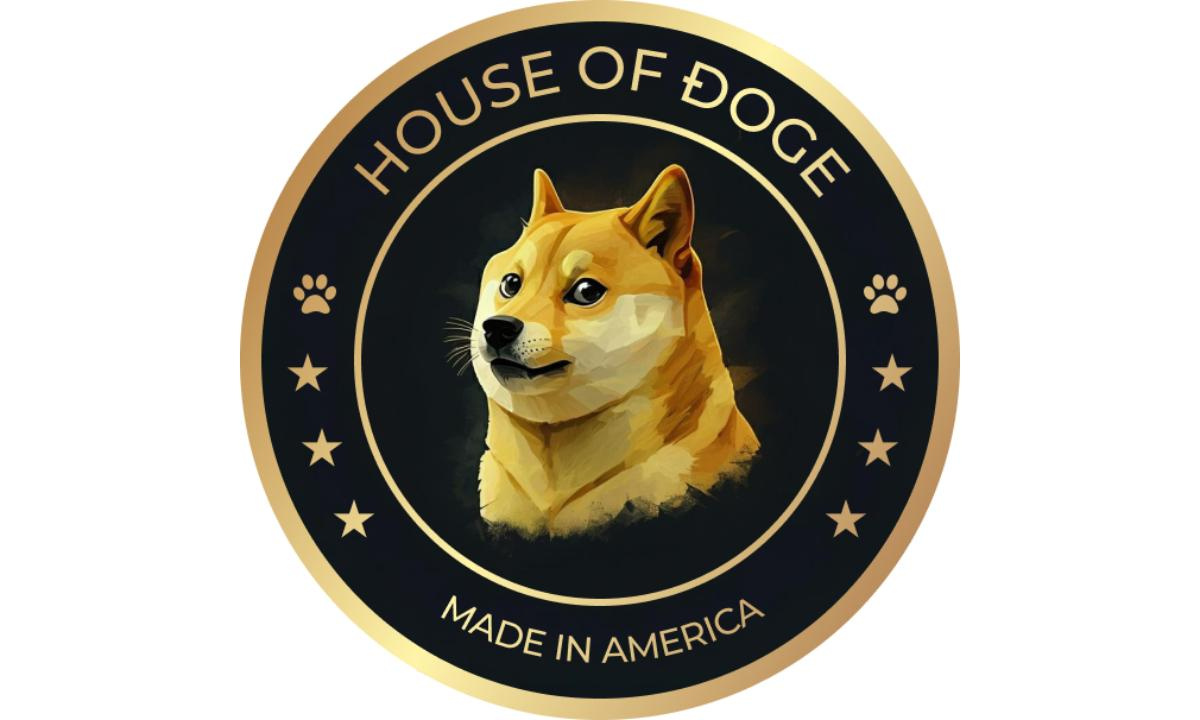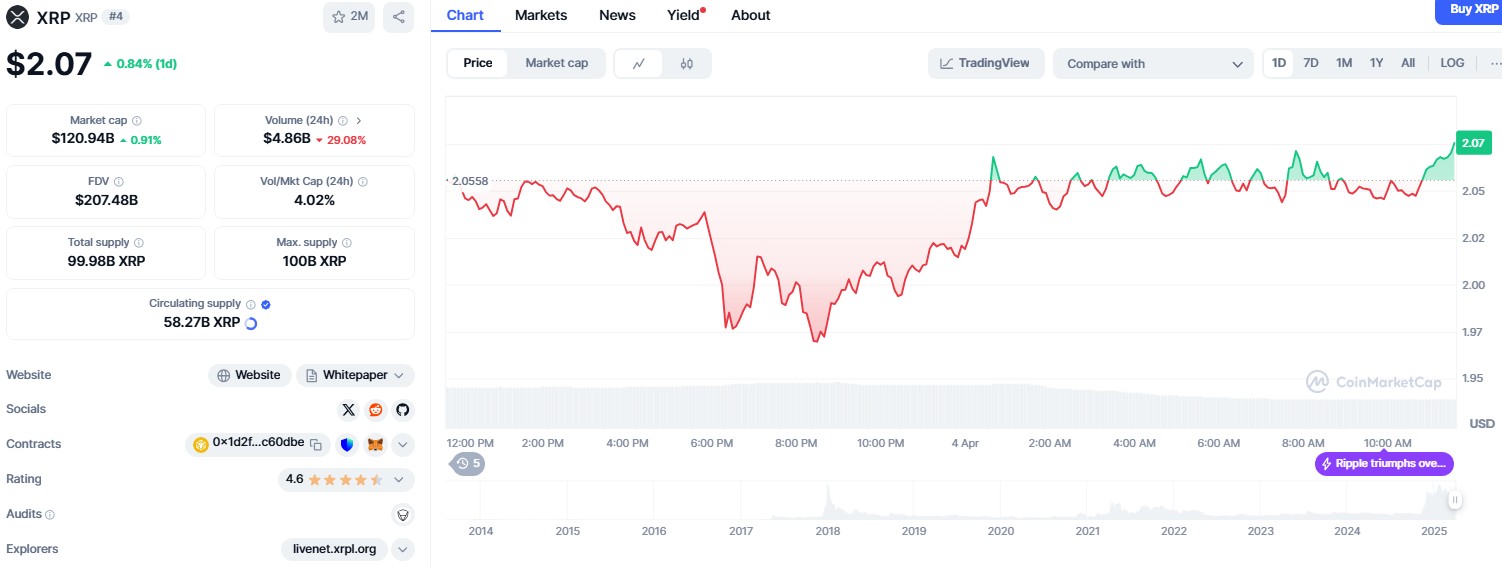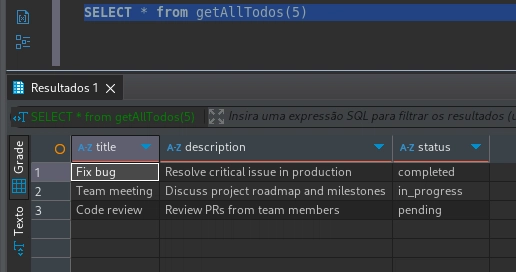What Libraries Are Commonly Used with Vue.js in 2025?
Vue.js has consistently grown in popularity over the years, and by 2025, it continues to be a robust framework for building dynamic web applications. Developers are drawn to its simplicity, scalability, and ease of integration with other libraries. Below, we explore some of the most commonly used libraries with Vue.js in 2025 and their unique contributions to enhancing the development experience. 1. Vue Router Vue Router remains an essential library for Vue.js applications in 2025. It enables developers to create single-page applications with dynamic routing, making navigation seamless. The library has been updated to better support features like route-level code splitting and improved navigation guards, ensuring efficient loading times and smoother transitions. 2. Vuex (or its Successor) While Vuex has been the go-to state management library for Vue.js for years, by 2025, a new, more modern successor might be gaining traction. However, regardless of the state management pattern you choose, centralized state management is crucial for maintaining state consistency across your application. 3. Pinia Pinia is increasingly favored due to its simplicity and integration with Vue 3's Composition API. It offers a lightweight alternative to Vuex, making it a popular choice for developers looking to streamline state management in their Vue.js projects. 4. Axios HTTP requests remain a core component of many applications, and Axios continues to be a popular library for making HTTP requests with Vue.js. In 2025, Axios reaffirms its reputation for being easy to use with features like interceptors, automatic JSON transformation, and error handling. 5. Vuetify For material design enthusiasts, Vuetify remains a top choice in 2025. This library provides a vast suite of components that follow the Material Design guidelines, enabling developers to quickly build visually appealing applications that are responsive and rich in UI/UX elements. 6. D3.js D3.js is a powerful library for creating data-driven documents and visualizations. In 2025, it's commonly used with Vue.js to enhance visual representation capabilities. Check out this guide on how to zoom a chart with D3.js in Vue.js to get started. 7. Tailwind CSS The utility-first CSS framework, Tailwind CSS, remains a popular choice for styling Vue.js applications in 2025. Developers appreciate its ability to rapidly prototype designs and its compatibility with Vue's component-based architecture, allowing easy customization of element styles. Learn more about modifying element style with Vue.js. 8. Vue Animation Libraries Vue's dynamic frontend capabilities are often enhanced with animation libraries that allow for smooth and engaging user experiences. In 2025, libraries like Anime.js, GSAP, and the enhanced built-in Vue Animation API provide comprehensive solutions for animation needs. Discover how to integrate and use animations effectively in Vue.js 2025 animations. Conclusion The Vue.js ecosystem in 2025 is bustling with powerful libraries that cater to a variety of development needs. Whether you're managing state, handling routing, making HTTP requests, or building stunning animations, these libraries offer the tools necessary to boost productivity and enhance application functionality. As the Vue.js community grows, developers continue to find innovative ways to leverage these libraries and build cutting-edge applications. By staying updated with the latest trends and practices, you can ensure that your Vue.js applications remain at the forefront of web technology.

Vue.js has consistently grown in popularity over the years, and by 2025, it continues to be a robust framework for building dynamic web applications. Developers are drawn to its simplicity, scalability, and ease of integration with other libraries. Below, we explore some of the most commonly used libraries with Vue.js in 2025 and their unique contributions to enhancing the development experience.
1. Vue Router
Vue Router remains an essential library for Vue.js applications in 2025. It enables developers to create single-page applications with dynamic routing, making navigation seamless. The library has been updated to better support features like route-level code splitting and improved navigation guards, ensuring efficient loading times and smoother transitions.
2. Vuex (or its Successor)
While Vuex has been the go-to state management library for Vue.js for years, by 2025, a new, more modern successor might be gaining traction. However, regardless of the state management pattern you choose, centralized state management is crucial for maintaining state consistency across your application.
3. Pinia
Pinia is increasingly favored due to its simplicity and integration with Vue 3's Composition API. It offers a lightweight alternative to Vuex, making it a popular choice for developers looking to streamline state management in their Vue.js projects.
4. Axios
HTTP requests remain a core component of many applications, and Axios continues to be a popular library for making HTTP requests with Vue.js. In 2025, Axios reaffirms its reputation for being easy to use with features like interceptors, automatic JSON transformation, and error handling.
5. Vuetify
For material design enthusiasts, Vuetify remains a top choice in 2025. This library provides a vast suite of components that follow the Material Design guidelines, enabling developers to quickly build visually appealing applications that are responsive and rich in UI/UX elements.
6. D3.js
D3.js is a powerful library for creating data-driven documents and visualizations. In 2025, it's commonly used with Vue.js to enhance visual representation capabilities. Check out this guide on how to zoom a chart with D3.js in Vue.js to get started.
7. Tailwind CSS
The utility-first CSS framework, Tailwind CSS, remains a popular choice for styling Vue.js applications in 2025. Developers appreciate its ability to rapidly prototype designs and its compatibility with Vue's component-based architecture, allowing easy customization of element styles. Learn more about modifying element style with Vue.js.
8. Vue Animation Libraries
Vue's dynamic frontend capabilities are often enhanced with animation libraries that allow for smooth and engaging user experiences. In 2025, libraries like Anime.js, GSAP, and the enhanced built-in Vue Animation API provide comprehensive solutions for animation needs. Discover how to integrate and use animations effectively in Vue.js 2025 animations.
Conclusion
The Vue.js ecosystem in 2025 is bustling with powerful libraries that cater to a variety of development needs. Whether you're managing state, handling routing, making HTTP requests, or building stunning animations, these libraries offer the tools necessary to boost productivity and enhance application functionality. As the Vue.js community grows, developers continue to find innovative ways to leverage these libraries and build cutting-edge applications.
By staying updated with the latest trends and practices, you can ensure that your Vue.js applications remain at the forefront of web technology.










































































































































































![[The AI Show Episode 142]: ChatGPT’s New Image Generator, Studio Ghibli Craze and Backlash, Gemini 2.5, OpenAI Academy, 4o Updates, Vibe Marketing & xAI Acquires X](https://www.marketingaiinstitute.com/hubfs/ep%20142%20cover.png)


















































































































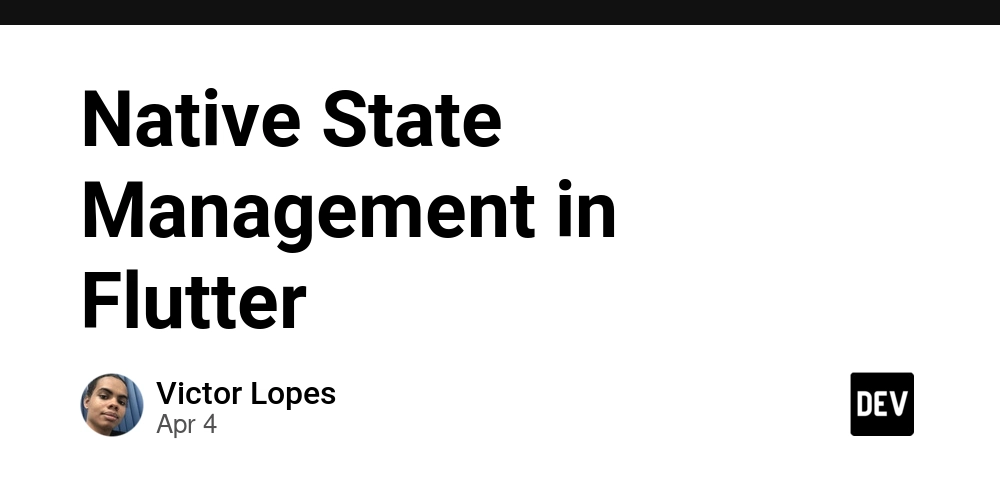


















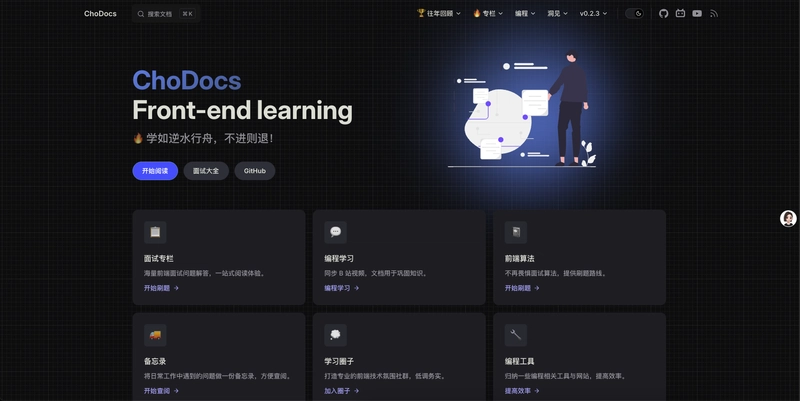










































































































.jpg?#)
















































































































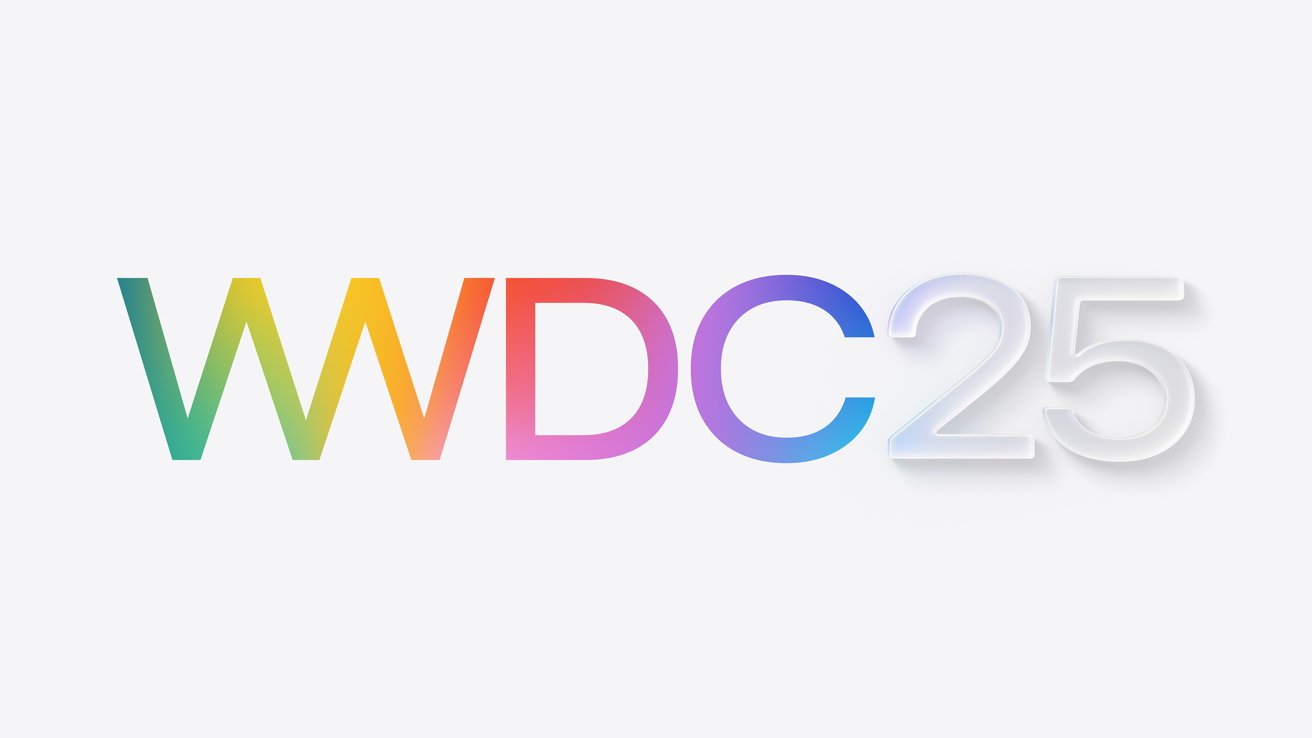




























![YouTube Announces New Creation Tools for Shorts [Video]](https://www.iclarified.com/images/news/96923/96923/96923-640.jpg)

![Apple Faces New Tariffs but Has Options to Soften the Blow [Kuo]](https://www.iclarified.com/images/news/96921/96921/96921-640.jpg)











































































































